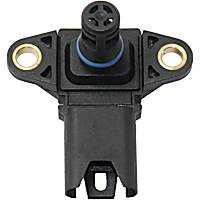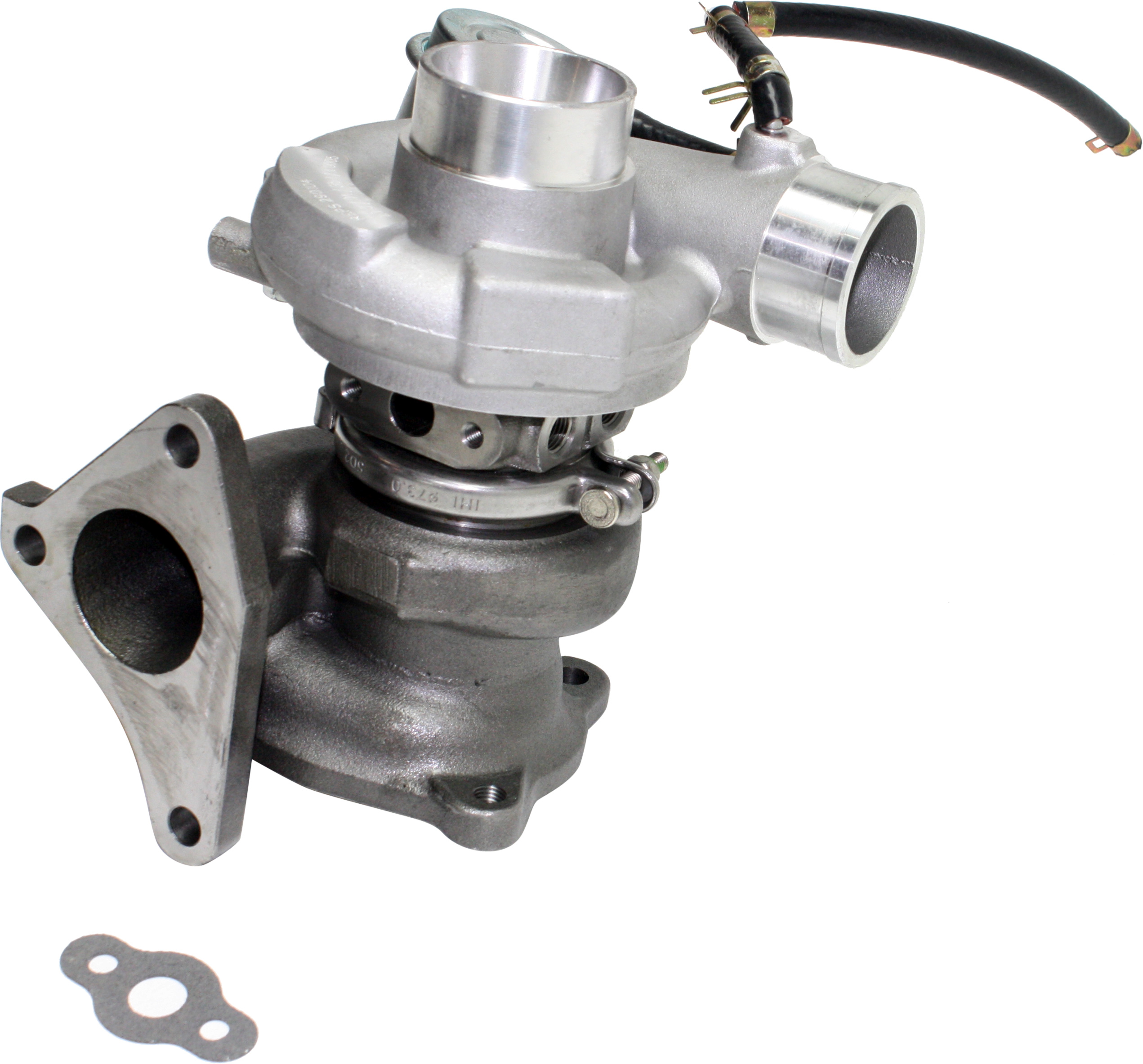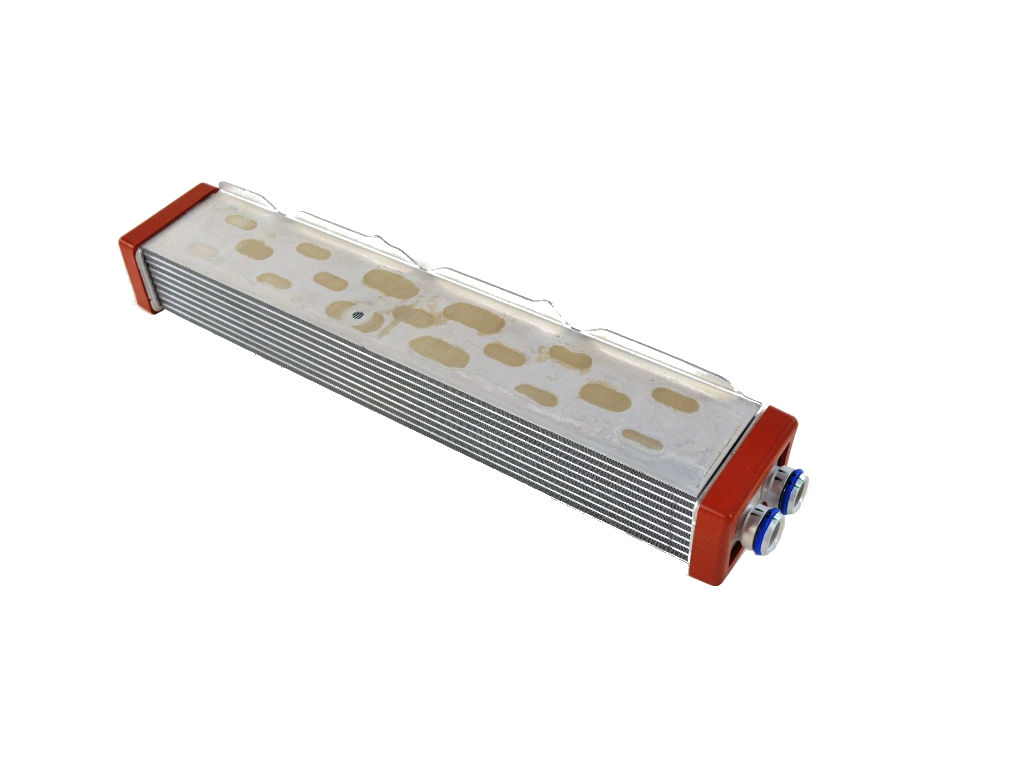Many modern vehicles are equipped with either a turbocharger or supercharger to boost their engine’s efficiency and power output. However, just like any other component in the engine, turbo/superchargers may malfunction at one point.
P0234 is an engine trouble code related to a turbo/supercharger overboost condition. This guide contains basic information that may be helpful if your scan tool has retrieved this code.
What Does the P0234 Code Mean?
Diagnostic trouble code (DTC) P0234 stands for “Turbocharger/Supercharger “A” Overboost Condition.” It is logged once your vehicle’s powertrain control module (PCM) perceives that the boost pressure in the forced induction system is too high or beyond the manufacturer-specified limit.

For example, the 2017 Ford Edge sets P0234 when the actual boost pressure is greater than the desired value by 4 psi or more for 5 seconds.
To better understand this error code, let’s look at how turbo/superchargers work. The engine normally relies on the vacuum created by the movement of the pistons to pull air and fuel charge into the engine. Engines that work this way are referred to as “naturally aspirated.”
A turbo/supercharged engine uses an air compressor in order to pull additional air and fuel charge into the engine. This allows smaller engines to give out a power output that you would normally see on a much larger engine.
Turbo/supercharged systems are designed to create additional pressure in the intake manifold. Although additional pressure in the manifold is tolerable for your engine, dangerously high levels of boost pressure may cause too much stress on your engine components. To prevent this from happening, engines have set boost pressure limits.
Once the PCM perceives that the boost pressure has exceeded the manufacturer-specified limit, it will trigger code P0234. This code must be addressed right away to avoid damaging other engine components.

For more information that could help you come up with a DIY fix for P0234, you may read our technical discussion about turbochargers and superchargers. If you wish to quickly learn the possible causes of P0234, read the following section.
Note: The definition of code P0234 may be different depending on the vehicle manufacturer. Consult the appropriate repair manual or repair database for the exact code definition.
What are the Possible Causes of the P0234 Code?
Here are the common triggers of the P0234 code:
- Wastegate that’s stuck closed
- Bent wastegate actuator rod
- Damaged wastegate solenoid
- Incorrect wastegate adjustment
- Wastegate control hose open or plugged
- Wiring or connector issues
- Faulty boost sensor
- Failed turbocharger
- Faulty BARO/MAP sensor
- Exhaust restriction
- An issue with the PCM, such as software in need of an update
What are the Common Symptoms of a P0234 Code?

Here are some of the common symptoms related to the code:
- Activated check engine light
- Lack of engine power
- Vehicle stuck in “limp” mode
- Noticeable sounds from the engine/turbo
How to Diagnose the P0234 Code
It isn’t easy to diagnose a P0234 code. There are several factors that can cause high levels of boost in the engine. Identifying which one triggered the code can prove challenging—especially if you don’t have enough experience in auto repair. If you’re not an experienced DIYer, it is best to take your vehicle to an auto repair shop and let a mechanic do the job for you.
If you prefer to diagnose this code yourself, we recommend consulting vehicle-specific repair manuals or online repair databases. These resources can help you identify the diagnostic procedures that may work for your vehicle.
How to Fix the P0234 Code
P0234 is a generic trouble code, which means it may be set in various makes and models. Unfortunately, there is no universal solution that would work for all vehicles. For instance, repair procedures for a P0234 on a Nissan may not work for a P0234 on a Ford.
If you’re not equipped with adequate knowledge and tools to get the job done, it’s best to take your vehicle to an auto repair shop. If you decide to troubleshoot it on your own, we recommend consulting a vehicle-specific repair manual or subscribing to an online repair database.
Where to Get a New Wastegate for Your Vehicle
It’s best to stop driving your vehicle until you’ve cleared the P0234 code, which usually involves replacing a faulty wastegate. Otherwise, you might experience the symptoms above and more, as the malfunctioning or damaged part can affect other components. Why put off resolving the issue when you can shop for a high-quality replacement piece at CarParts.com?
Online shopping has never been easier, as we have a built-in vehicle selector that lets you view the parts that fit your ride. The accurate and detailed fitment information makes for a straightforward and hassle-free customer experience, something we highly value.
You can also expect your new wastegate to arrive as early as two business days, as we have warehouses strategically located across the country. If you have any questions, our friendly customer service team is available 24/7 to assist you.
Shop now to get your replacement quality wastegate in no time.
Products Mentioned in this Guide
Shop this Project



Any information provided on this Website is for informational purposes only and is not intended to replace consultation with a professional mechanic. The accuracy and timeliness of the information may change from the time of publication.



 Piston
Piston
 Turbocharger Boost Sensor
Turbocharger Boost Sensor
 Turbocharger
Turbocharger
 MAP Sensor
MAP Sensor


















